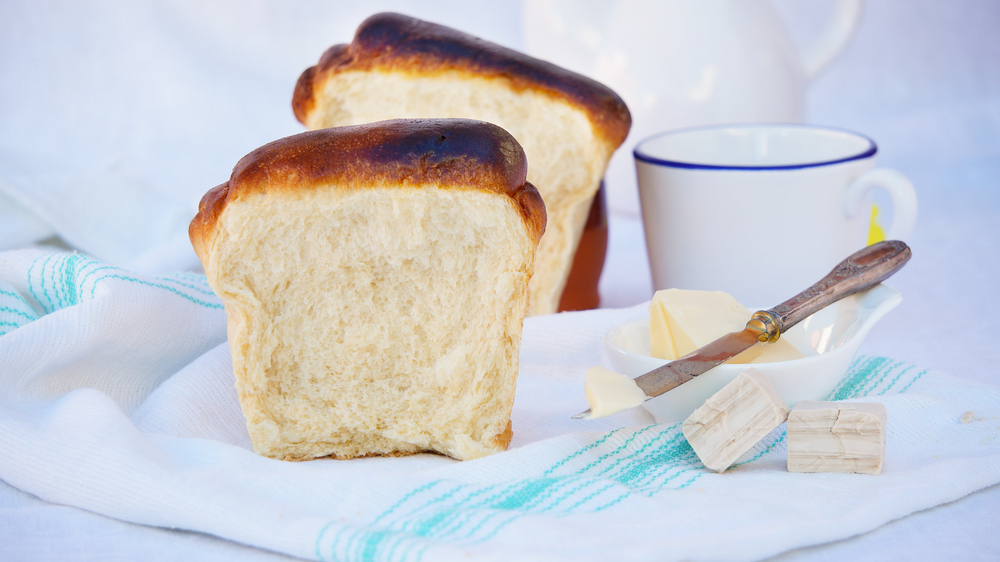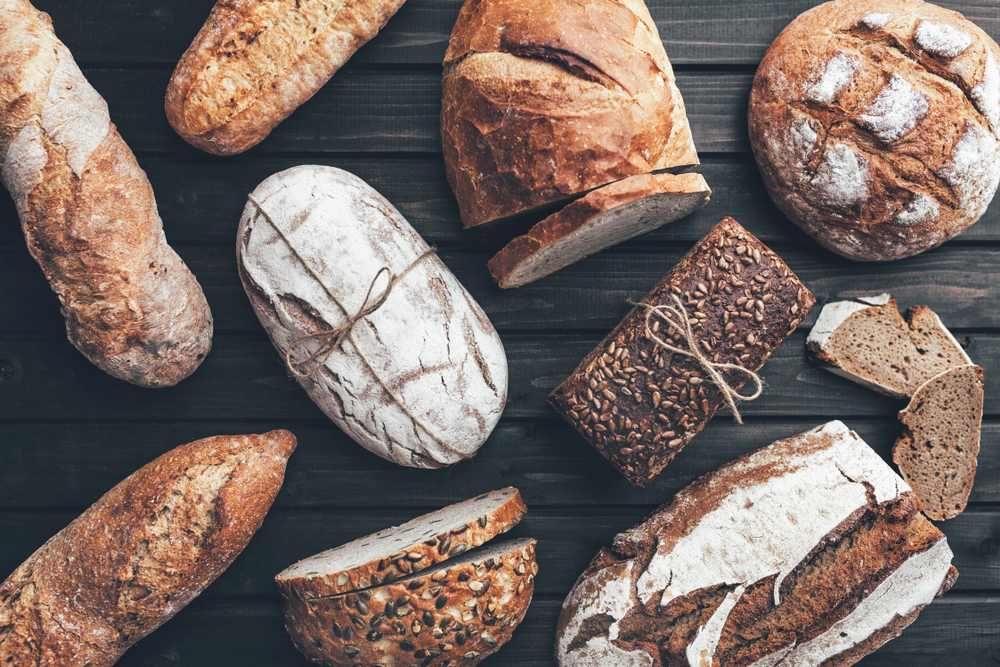The 2020 coronavirus pandemic created an insurgence of stay-at-home chefs across the globe and along with it came the aroma of homemade bread.
The “pandemic baking” trend spiked in Japan during the country’s state of emergency, enacted in early April to help prevent the spread of COVID-19 infections.
With schools shut, many professionals telecommunicating and the government motivating and moralizing the stay-at-home movement, the DIY baking revolution was embraced in Japan, resulting in the increasing demands of baking ingredients and equipment.
Many Tokyo supermarkets ran dry on the basic ingredients like flour, yeast and butter for weeks. In supermarkets like Peacock the purchase of butter was limited to one bar per person. Bic Camera advised longer delivery periods for affordable home ovens, with waiting times lasting as long as a month.
Sales of basic baking tools such as whisks, parchment sheets and baking tins witnessed constant growth. The influx of “bread” Google searches and Instagram baking stories and dropping sales at bakeries in Japan indicate the enthusiasm for which people hopped on the bread-baking-bandwagon.
Why Are People in Japan Baking Bread?
Even though three-quarters of the Japanese population eat rice for breakfast, lunch and dinner, rice consumption is declining in the country in part due to the availability of bread (and pasta).
“The hearty communal bread satiates the body and mind.”
While the isolation and boredom caused by the lockdown led to the bread-baking boom in Japan, kneading dough is more than just a wholesome activity to kill time while social distancing. Bread calms us physiologically when we are overrun by anxiety, fear and unpredictability. The hearty communal bread satiates the body and mind.
Even food science tells us the same about carb therapy. Eating carbohydrates like bread stimulates insulin, which increases the uptake of tryptophan. Tryptophan in turn increases the production of serotonin which is a neurotransmitter that promotes calm and sleep in times of stress.
Being able to provide warm food for ourselves and our families fosters a primal sense of security, while learning a new skill engages a positive feeling of achievement and personal growth.
These primal motivations of achievement are stronger during periods of high stress and hardships. In times of crises people look to comfort themselves and only a few things are as simple yet as satisfying as a loaf of freshly baked bread.

Hokkaido milk bread
Japan’s Bread History
Bread was first introduced to Japan back in the 16th century when the Portuguese traders and missionaries visited the island country. The Japanese word for bread – pan – is derived from the Portuguese word pao.
Still, it wasn’t until after the World War II that bread first started making an appearance in Japanese diets as a cheaper substitute to rice. After the war the Japanese government and US officials were unable to allocate food, which led to extreme hunger crises.
“Aesthetically, Japanese diners didn’t appreciate the bread due to the its hard texture.”
During this period bread was introduced to the public and into the school lunch programs by the American occupation in Japan. Aesthetically, Japanese diners didn’t appreciate the bread due to the its hard texture. Over the span of time, they developed bread of their own by transforming it into softer, more cushiony, cloud-like versions known as Hokkaido milk bread (shokupan).
In a country where economic wealth was once measured in rice, milk bread still makes its way into school lunch boxes, and local farmers in rural Japan take breaks to snack on sweet melon pan.
Is This the Beginning of a Bread-baking Revolution?
An ultimate comfort food or guilty pleasure, bread baking might plateau in the near future like any other trend as Japan’s state of emergency comes to an end. Still, the activity reassures us that we are sustainable and sufficient, signaling our brains and bodies that we can take survival into our own hands.
Whether baking bread is a new food fad for crises management, a coping mechanism in the face of uncertainty or a trend here to stay even after the pandemic is over is debatable. But in the words of food writer M.F.K. Fisher, “First we may all eat and then do everything else.”









